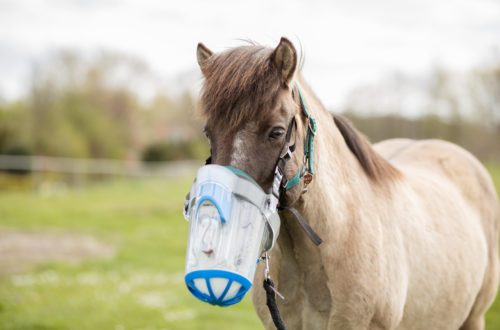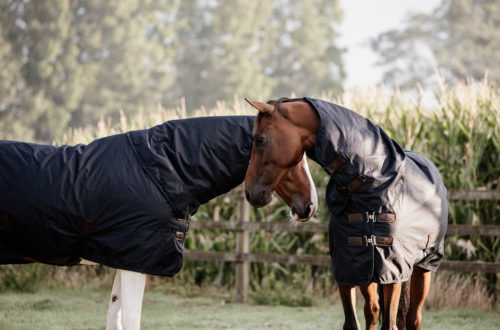
LPO bits: approved equipment for dressage, jumping & eventing
Not sure which bit to use at your next dressage, show jumping or eventing tournament? We have summarized the permitted equipment for the respective disciplines according to the LPO.
Understanding bits for LPO tournaments
For ponies and horses, the approved bits differ in terms of the ring diameter or, for example, the bit thickness of the curb middle piece. We have summarized some facts for you
PONIES
Snaffle bits: 10 – 18 mm
Ring diameter: 45 - 70 mm
Padded snaffles: 10 – 16 mm
Double bridle bit thickness: 10 – 18 mm
Pelhams: 10-18mm
HORSES
Snaffle bits: 14 – 21 mm
Ring diameter: 55 - 90 mm
Padded snaffles: 10 – 16 mm
Double bridle bit thickness: 14 – 21 mm
Pelhams: 14-21mm
For curbs and pelhams, the length of the lower boom (and upper boom) and the freedom of the tongue must also be taken into account.
BRIDGES
Length of the subtree: max. 10 cm
Length of the upper tree: max. 5 cm
Tongue clearance: max. 40 mm
PELHAM
Length of the subtree: max. 7 cm
Tongue clearance: max. 40 mm
Approved materials
The LPO equipment catalog states that only materials that can withstand an appropriate tensile load and whose contours cannot be destroyed by the horse's chewing are permitted. In addition, the materials must of course not be harmful to health and so metal, rubber, plastic and leather are permitted. Only metals and plastics are permitted for curb bits and snaffles. Different materials can be combined here, with the exception of combinations that have been proven to be harmful to health.

Basic and young horse tests
Olive head snaffles (with continuous snaffle rings), D-ring snaffles, thigh snaffles and ring combinations from the aforementioned variants can be used for the basic tests and for advertised young horse tests. The reins must be able to slide freely through the rings.
We have listed the permitted bits for young horse tests as well as tests for bridles and double bridles here.
SUITABILITY LP FROM KL. A
ACCOMMODATION LP FROM KL. A
RIDING HORSE LP FROM KL. A
DRESSURHORDE-LP FROM KL. A
Dressage tests
We have summarized the permitted bits for dressage tests on bridles and double bridles for you. Just look at your class and whether it is ridden on a bridle or on a double bridle (from class L).
cl. E & A ON BIT
For example, simple and double-jointed olive head snaffles as well as loose snaffles are permitted in the beginner’s and beginner’s dressage classes.
cl. L ON BIT
Bridle tests are also advertised in the next higher class. We have summarized the approved bits for you.
cl. L to S ON CUTTERS
In the classes L, M and S, the horses are already further trained and so the dressage tests are usually ridden on double bridles.
COMB. LP ACCORDING TO P830/840 ON SBIT
Performance tests that have both a dressage and a jumping part are called combined tests and are ridden with a snaffle.

Hunter exams
A hunter test is a jumping test in which a friendly course with simple lines has to be overcome. The obstacles or obstacle parts are modeled on terrain jumps. The basic philosophy of a hunter class includes the assessment of the seat and influence of the rider and the jumping of the horse. This all happens with special attention to the overall impression.
Versatility tests
You can find all permitted bits for eventing tests here.
Jumping competitions
You can see the permitted bits for classes E, A and L as well as for combined tests here.
Examinations from Kl. M
Jumping LP from class M**, partial test in terrain and jumping for eventing LP from class M and hunting horse LP from class M
Any bridle with a bit and/or bitless bridle with or without a noseband is permitted. In Chapter IV of the equipment catalog it is described as follows: "The equipment of the horses must comply with the rules of riding (guidelines for riding and driving) and the principles of accident prevention and animal welfare."












Ein Kommentar
Catharina
Fascinating things to consider ;)
Catharina